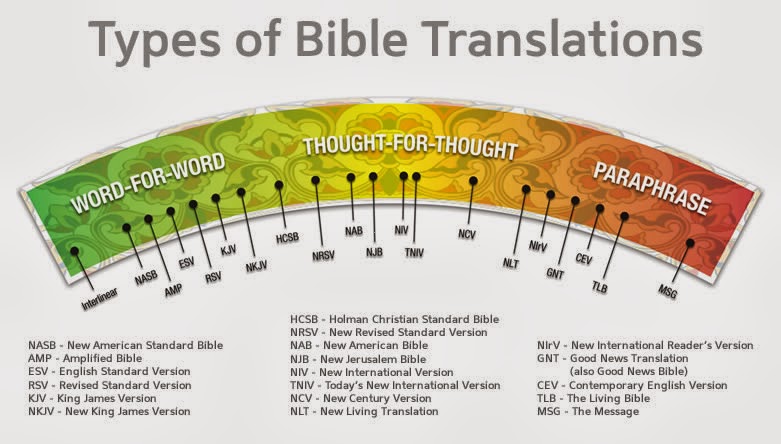Understanding Bible Translations
The Origins and Development of English Translations
Paul’s letters and the gospels were originally written in Greek and a small amount of Aramaic. Very early manuscripts still exist today in an astonishing number, providing more documentary evidence for the Bible than any other ancient writing. Greek New Testament manuscripts were carefully copied and distributed to areas throughout the known world. Over time, these original languages needed to be translated so more people could understand the message. Some of the earliest English translations were done in the late 7th century by scholars such as Bede and Alfric of Eynsham. However, it was not until the 14th century that John Wycliffe produced the first hand-written English language Bible. This established a rich tradition of Bible translation that continues today.

The King James Version and Beyond
In 1611, the King James Version was published after years of work by many scholars. Called the Authorized Version, it became the most widely used English Bible for several centuries and had a significant influence on English literature and culture. However, the KJV was translated from older Greek manuscripts and does not reflect some newer findings. With discoveries of older manuscripts like the Dead Sea Scrolls and advancements in linguistic understanding, newer word-for-word translations like the American Standard Version (1901) and Revised Standard Version (1952) sought to incorporate more accurate scholarship. The New American Standard Bible (1971) aimed for a very literal translation with minimal paraphrasing.
Comparing Modern Translations
More dynamic equivalence translations like the Good News Bible (1976), New Living Translation (1996) and Common English Bible (2011) aim to convey the meaning in a natural way without being limited by a word-for-word approach. The New International Version (1978) balances accuracy and readability. Different translation principles and advances in language mean numerous English translations are now available. Word choice may vary slightly but the overall message is consistent. By comparing multiple versions, readers gain a richer understanding without compromising accuracy. No single translation can perfectly replicate the original languages in another.
Evaluating Bible Translation Claims
Some argue only the KJV should be used citing phrases like “Paul used it.” However, the original biblical languages were Greek, Aramaic and Hebrew, not 17th century English. It’s impossible for Paul or any biblical author to have directly used the KJV. While the KJV maintained cultural influence for centuries, it is not the final word or sole source of truth. All translations involve interpretation. With access to far more ancient manuscripts, modern translations allow more people worldwide to understand God’s message in a natural heart language. The Spirit, not any one version, guides readers into truth.
The Spirit’s Guidance Transcends Any Written Form
Ultimately, the Bible contains God’s revelation to humanity, but it is not an end unto itself. Focusing too intensely on any single translation risks elevating the written words above the Spirit who inspired them. While study and scholarship have value, God’s truth sits beyond letters on a page. The Spirit speaks today as in ages past to all people in a way each can understand. No translation fully captures spiritual realities, and arguments over versions often arise from human pride. By seeking God humbly and listening with open, prayerful hearts, readers from any translation can know the Spirit’s unfailing guidance. The paths of truth transcend any earthly writing.
Choosing Versions Wisely to Aid Understanding
Christians today have a wealth of Bible options thanks to devoted scholars. In choosing a preferred version, consideration of translation philosophy, intended audience, and personal learning style offer wise guidance. Comparing passages across translations enriches understanding without getting bogged down in arguments over specific words.
Students of Scripture serve best by facilitating others’ encounters with God, not elevating earthly rules or versions. With an open and inquiring spirit, any faithful translation can unveil spiritual realities. Ultimately, it is God’s Spirit, not human authorities or writings, who teaches mankind.
